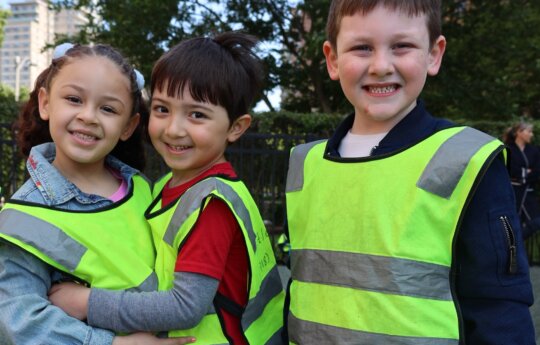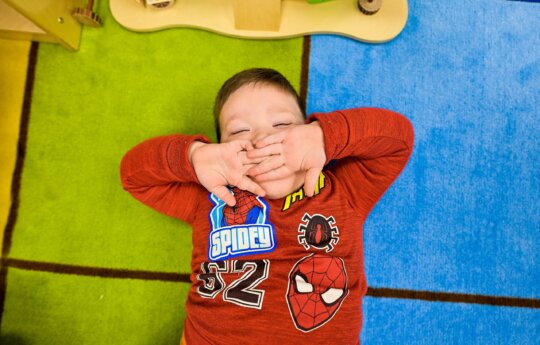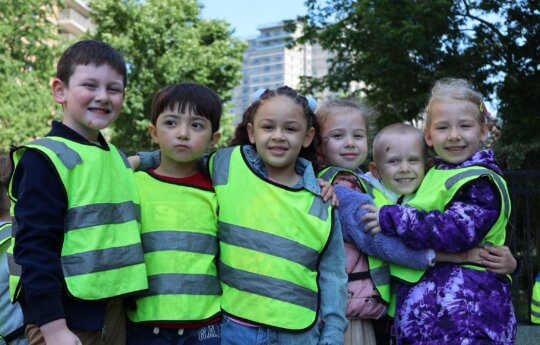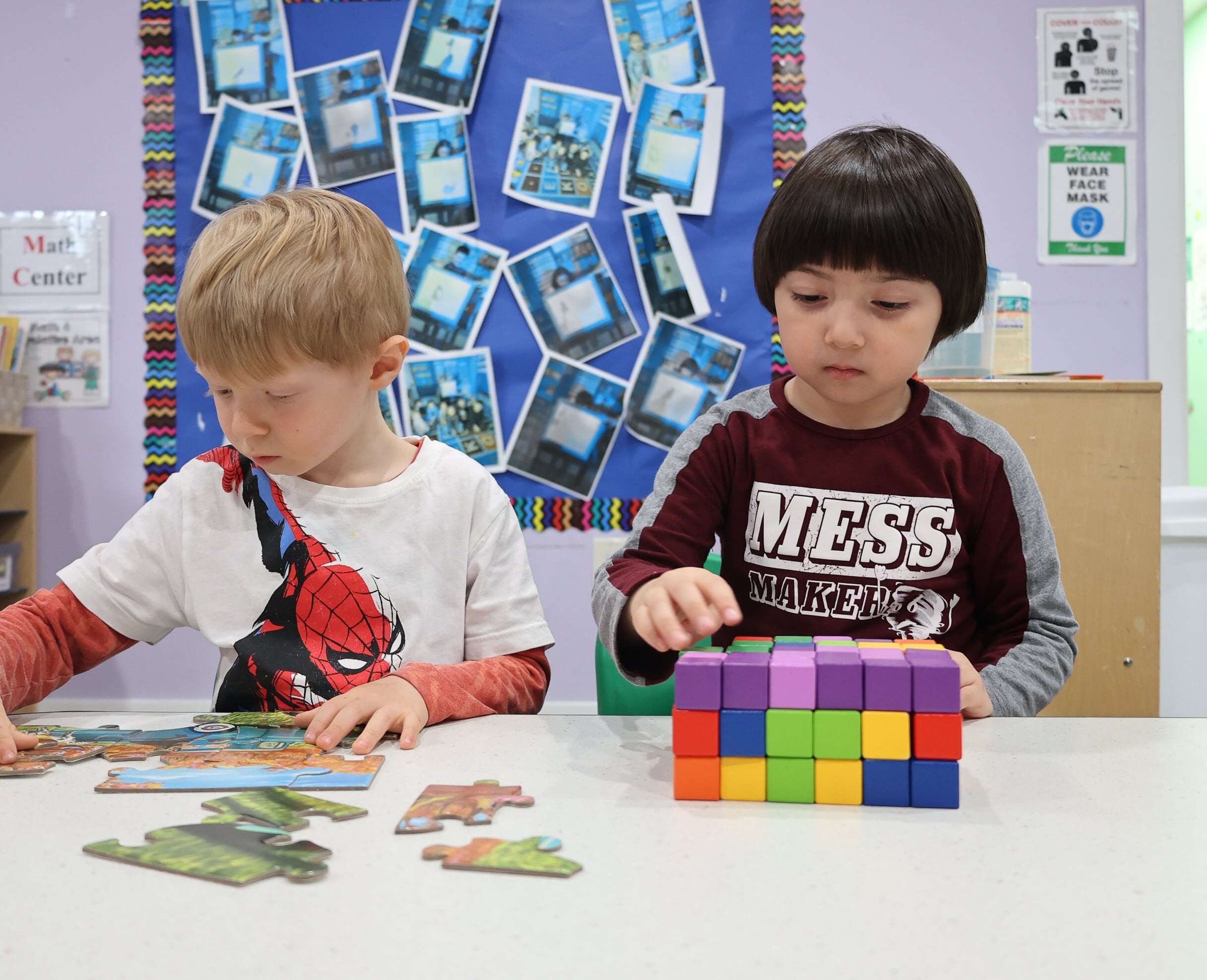
Having fights about toys and game rules are parts of being a kid. But it’s critical to help them learn how to manage such conflicts with ease and work out peaceful solutions to differing opinions. In other words, it’s not just about avoiding fights here and there; it’s about how we want our children to act when their views conflict with someone else’s. Learning how to do this will help them figure out how to get along no matter what and even how to value others’ perspectives. Having this particular skill will make it easier for them to have a good social life as they grow older; disagreements are expected, but knowing how to handle them in a more mature and understanding way as adults is very important.
What is Conflict Resolution for Kids?
Conflict settlement for kids is how they learn to recognize, talk about, and solve problems or differences that they have with other people. Basically, it is teaching them to reflect on their own feelings and those of other people, express what they think and feel, and all ways they can use in settling disputes in a just and peaceful manner. The process helps kids learn important life skills including patience, understanding, talk, and reasoning. The skills will enable them to resolve issues in a healthy manner and sustain their relationships in their lifetime.
The Skills of Conflict Resolution
In order to be able to solve problems, children need to recognize and understand their feelings. The first step is to help kids understand their and other people’s feelings. They are trained to name their feelings, such as anger, sadness, rage, or euphoria, and know what their feelings look and feel like. For example, when they have a fast heartbeat or tightened hands, they know that they are angry. Conversely, if one smiles and feels light, they are happy.
Moreover, children should know it is ok to have different feelings and that these feelings can change how people behave in different places. Children can react to disagreement more easily if they can recognize and understand their feelings. They learn to speak their minds more positively, which allows them to speak more straightforwardly and with more understanding. Being aware of one’s emotions to glue each piece together is important for dissolving disputes in an unchallenging fashion and making connections with adults and peers more lasting and wholesome.
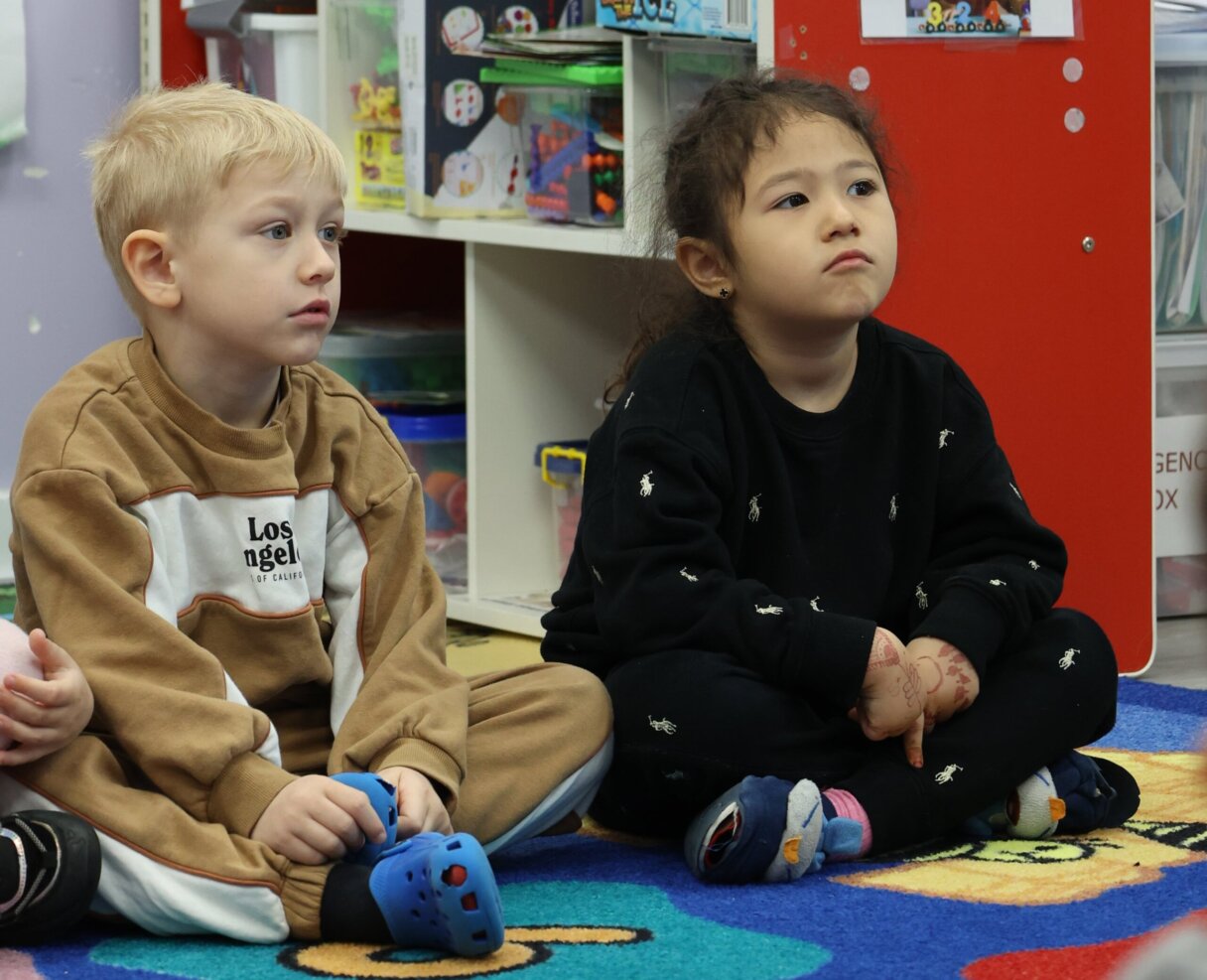
Communication skills: listening and speaking clearly
- Active Listening: Children should be taught to listen to another person without interruption. It is essential not only to understand the meaning of the words but also the feeling that the speaker puts into them.
- Clear Expression: Teach children to express their thoughts and feelings clearly and politely. It is essential to use the: “I cry – when…”
- Nonverbal Communication: Children should pay attention to body language, and sound signals a lot depends on them.
Problem-solving and negotiation
- Identify the Issue: Instruct children to recognize and determine the problem without pointing fingers, which helps prevent shifting attention in the direction of self rather than situation
- Brainstorm Solutions: Children are encouraged to come up with several solutions to the problem, spurring creativity and initiative based on logic and reasoning.
- Evaluate and Choose: Children are then nudged to deliberate over and select approaches that best suits the situation based on the merits and demerits of each.
- Implement and Reflect: Together, they finally take necessary actions to implement the solution while later considering its efficacy as a done deal or what can be improved.
Empathy and perspective-taking
- Understanding Feelings: Children should be taught to acknowledge and accept the emotions of others despite of how they differ from their own.
- Role Reversal: Use role-playing exercises to help kids see situations from another’s viewpoint, enhancing their understanding of others’ thoughts and emotions.
- Respect for Differences: Promote the value of various perspectives and create an environment in which everyone’s voice is taken seriously.
Teaching Conflict Resolution Strategies for Kids
Role modeling positive conflict resolution
Maintain consistency in action and words so that the way you handle conflict is a good model for children to follow. If necessary, discuss the results of the conflict openly with the children involved. This includes what went well, what didn’t, and how they might approach a similar situation.
Teaching kids to express their feelings and needs
Lead activities that promote emotional learning. Strengthening the child’s emotional vocabulary will help him convey his feelings and needs effectively. Utilizing correct responses and demonstrating the definition of how to interpret one’s and another’s emotions help the child improve their performance.
Encouraging cooperation and fair play
Introduce cooperative games played in teams with the shared goal of winning, which takes the focus away from competition among team members to success through teamwork and team members encouraging one another. It will help the child know about the concept of people working together toward one goal.
Using story-telling to explain conflict and resolution
Present the child with stories about naughty characters and ask them to think about better and worse ways of solving given problems, as well as possible consequences related to those ways, It will encouraged the child to think critically.
Conflict Resolution Activities for Kids
Role-playing different scenarios
1. Sharing Toys Scenario
Situation: Two children want to play with the same toy at the same time.
Role-play Activity: One child acts as the toy owner, and the other wants to play with it. They must discuss and find a way to share or take turns playing with the toy.
2. Line Leader Dispute
Situation: Two children argue about who should be the line leader today.
Role-play Activity: Children take turns expressing why they want to be the line leader and then work together to come up with a fair solution, such as alternating days.
3. Group Project Disagreement
Situation: During a group project, children disagree on what color to paint their artwork.
Role-play Activity: Each child presents their color choice and reasons, and the group must negotiate and agree on one color or a combination that includes everyone’s preferences.
4. Playground Conflict
Situation: Children argue about which game to play during recess.
Role-play Activity: Children discuss the rules, pros, and cons of each game, and then vote or find a compromise, such as playing one game today and the other tomorrow.
5. Classroom Cleanup Dispute
Situation: Kids argue about who should clean up a mess that everyone contributed to making.
Role-play Activity: Children discuss responsibility and fairness, then devise a plan to divide the cleanup tasks equitably.
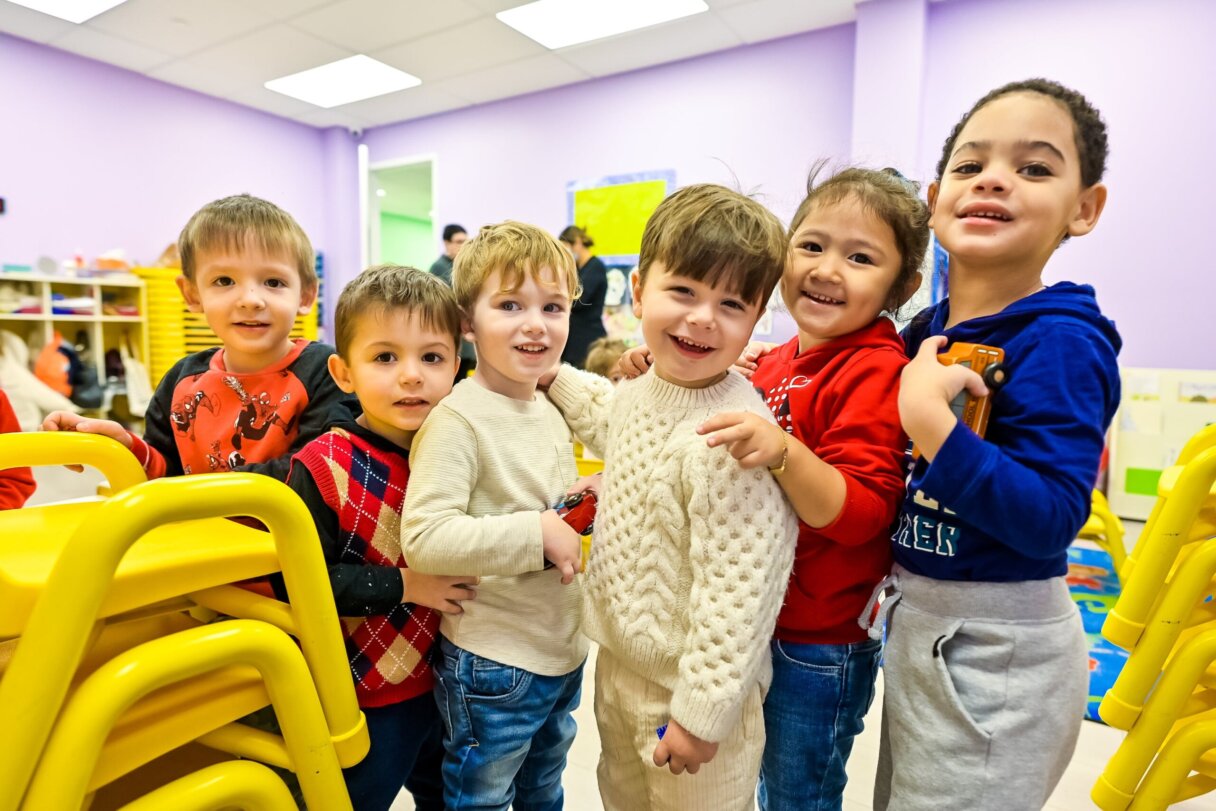
Group games that foster teamwork and communication
1. Treasure Hunt
Gameplay: Children work in teams to follow clues and find a hidden treasure. Effective communication and collaboration are key to solving the puzzles and moving quickly to the next location.
Skills Developed: Teamwork, problem-solving, and verbal communication.
2. Tower Building
Gameplay: Using materials like blocks, straws, or sticks, teams compete to build the tallest stable tower within a set time limit. They must plan, delegate tasks, and adjust their strategies as needed.
Skills Developed: Cooperation, strategic planning, and non-verbal communication.
3. Relay Races
Gameplay: Teams complete a course where each member must accomplish a task before the next member starts. Tasks can vary, requiring different skills and promoting inclusivity.
Skills Developed: Team spirit, physical communication, and collaborative problem-solving.
4. Puzzle Solving
Gameplay: Large, complex puzzles require the group to work together, dividing the puzzle into sections and communicating to fit pieces together efficiently.
Skills Developed: Patience, sharing ideas, and collective decision-making.
5. Story Building
Gameplay: In a circle, each child adds a sentence to build a story, requiring them to listen carefully and creatively contribute to the narrative direction.
Skills Developed: Listening, creativity, and sequential thinking.
6. Human Knot
Gameplay: Children stand in a circle, reach across to hold hands with others, and then try to untangle themselves without releasing hands, turning into a circle again.
Skills Developed: Physical coordination, trust-building, and non-verbal negotiation.
Art and craft activities to express feelings and solutions
1. Emotion Masks
Activity: Children create masks representing different emotions using paper plates, paint, and decorations. They discuss when they might feel these emotions and how they can handle them during conflicts.
Skills Developed: Emotional recognition, creative expression, and empathy.
2. Conflict Resolution Comic Strips
Activity: Kids draw comic strips showing a common conflict scenario and its resolution. This activity helps them visualize and narrate the steps of peaceful conflict resolution.
Skills Developed: Storytelling, problem-solving, and visual communication.
3. Peace Dove Collage
Activity: Children create a dove using cut-out pieces of paper, each piece representing ideas for resolving conflicts or words of kindness and peace. The completed dove symbolizes their collective commitment to peaceful interactions.
Skills Developed: Collaboration, symbolism, and thematic expression.
4. Feelings Wheel
Activity: Kids make a wheel of emotions with sectors showing different feelings. They can spin the wheel and discuss times they felt that emotion and how they managed it during conflicts.
Skills Developed: Emotional literacy, self-reflection, and communication.
5. Solution Sculptures
Activity: Using clay or playdough, children sculpt representations of different conflict resolution outcomes. This tactile activity helps them concretize abstract concepts of resolving disputes.
Skills Developed: Abstract thinking, fine motor skills, and artistic representation.
6. Conflict and Resolution Storyboards
Activity: Children draw a sequence of panels that tell a story of a conflict and how it was resolved. This helps them understand the narrative structure of conflicts and their resolutions.
Skills Developed: Sequential thinking, narrative skills, and conflict analysis.
Using Worksheets to Reinforce Conflict Resolution Skills
Types of worksheets that can be used
- Conflict Scenarios Worksheets:
These worksheets present various conflict situations that children might encounter, asking them to write or draw how they would resolve the situation.
- Emotion Identification Worksheets:
Children match emotions with appropriate facial expressions or scenarios, helping them to recognize and label emotions accurately, which is crucial in conflict resolution.
- Problem-Solving Steps Worksheets:
These sheets guide children through the steps of solving a problem, from identifying the issue to reflecting on the solution’s effectiveness.
- Role-Play Script Worksheets:
Children fill in the blanks or write scripts for role-playing exercises, planning how they would communicate and negotiate in conflict situations.
- ‘What Would You Do?’ Worksheets:
Presenting hypothetical conflict scenarios, these worksheets ask children to choose or write about how they would respond, fostering critical thinking and decision-making.
How worksheets help in understanding and applying conflict resolution techniques
Using worksheets to teach conflict resolution is very helpful because it makes learning organized and fun. They help kids think about and work through different parts of resolving conflicts in a planned way, such as recognizing feelings, seeing things from other people’s points of view and practicing problem-solving and communication skills. Children can better learn and remember how to solve conflicts by using what they’ve learned in the classroom in real-life situations by going through stories and tasks on papers.
Also, tasks like these give kids a chance to think about themselves, which helps them figure out how they handle problems and propose better solutions. For this reason, papers are an important part of teaching these important life skills because they allow students to practice and think about the skills they need to solve conflicts.
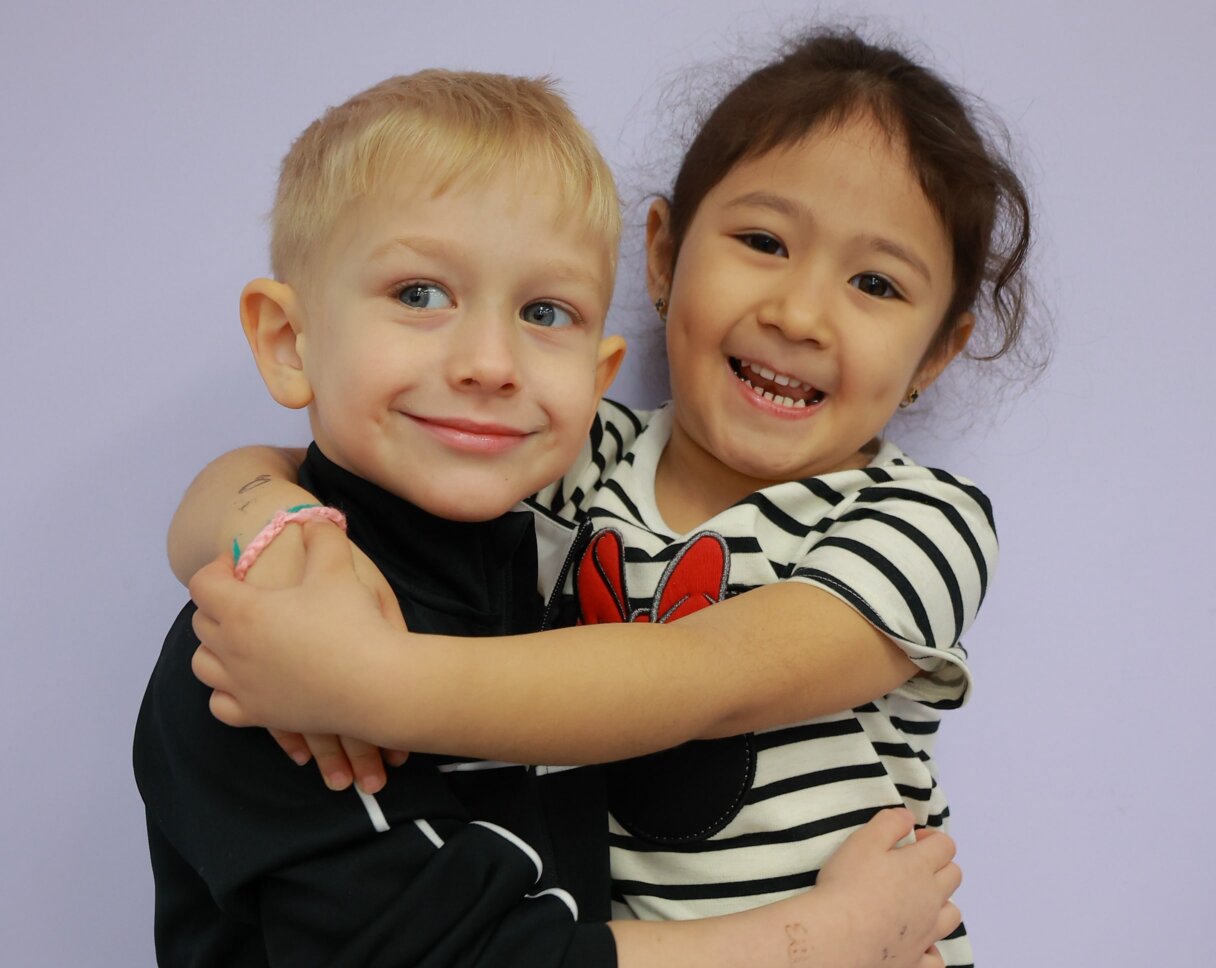
Practical Scenarios for Conflict Resolution
Sharing Toys and Materials
Kids may fight over who gets to play with or use a certain toy or thing.
Get everyone to take turns playing with the toy or item by setting a timer. Explain to kids how important it is to share and be fair while teaching them how to ask nicely and wait their turn.
Choosing Games or Activities
When kids want to play different games or do different things, they might not get along.
Set up a voting method so that every kid can say what they want and the pick with the most votes wins. You could also plan different tasks and let each child pick which ones to do on different days.
Interpersonal Disputes
Kids may fight because they don’t understand each other or have different ideas.
Encourage kids to talk to each other freely and share their thoughts and feelings. Show them how to talk to each other and come up with a solution that works for everyone.
Space and Territory Issues
Kids often argue about personal space or limits, like who gets to sit where at the table or in the classroom.
Set clear rules about who has personal space and who can use shared areas. Use conflict resolution skills like bargaining and discussion to settle disagreements about the place properly.
Attention Seeking and Jealousy
Kids may fight with each other or adults over attention, which can lead to arguments.
Fix the problem at its source by making sure every child feels respected and included. Instead of activities that encourage individual competition, set up ones that encourage teamwork and group success.
Conclusion
In conclusion, teaching children how to resolve conflicts is more than merely calming current disputes—it is teaching them a lifelong ability that gives them the confidence and understanding to successfully navigate their social lives. As children mature and gain proficiency in recognizing feelings and using successful communication and critical thinking strategies, they will be able to resolve differences within a more mature and successful frame.
As we strengthen our activities with them, we will foster an environment that encourages children to appreciate others’ viewpoints and discover common ground with them.
These techniques provide a solid basis of skills that children may rely on to create and maintain thriving grievance relationships throughout their maturity. Essential for everyday life, kids at Little Daycare can look for these sustainable skills to ensure that every child grows up to become an empathetic, realistic, and more aware adult!

